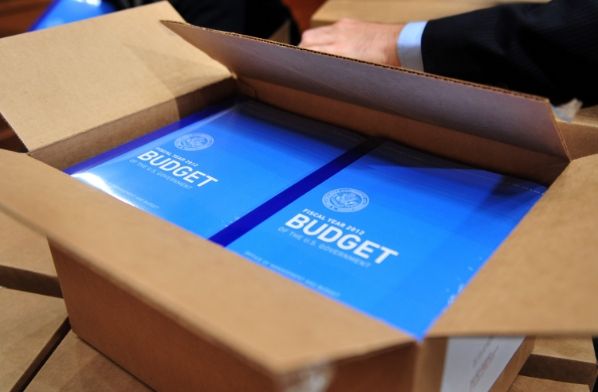CATO's Dan Mitchell offers a reassuring response to the sequester alarmists:
…I have to read the same nonsense day after day about “deep spending cuts” even though I keep explaining to journalists that a sequester merely means that spending climbs by $2.4 trillion over the next 10 years rather than $2.5 trillion.
The latest example comes from the New York Times, which just reported about “deep automatic spending cuts that will strike hard” without bothering to provide a single concrete number about spending levels in any fiscal year.
Yes, you read correctly. A story about budget cuts did not have any numbers for spending in FY2013, FY2014, or any other fiscal year.
So, for the umpteenth time, here are the actual numbers from the Congressional Budget Office showing what will happen to spending over the next 10 years if we have a sequester.
Mitchell's entire piece is instructive but he also points out the strategy involved in upping the alarmist narrative on sequester, saying:
Anyhow, this is just part of a larger problem. As I explained in these John Stossel and Judge Napolitano interviews, the politicians and interest groups have given us a budget process that assumes ever-increasing spending levels, which then allows them to make hysterical claims about “savage” and “draconian” cuts whenever spending doesn’t rise as fast as some hypothetical baseline.
This is why almost nobody understands that it’s actually relatively simple to balance the budget with a modest bit of spending restraint. My goal is reducing the burden of government spending, not fiscal balance, but it’s worth noting that we’d have a balanced budget in just 10 years if spending grew by “only” 3.4 percent annually.


